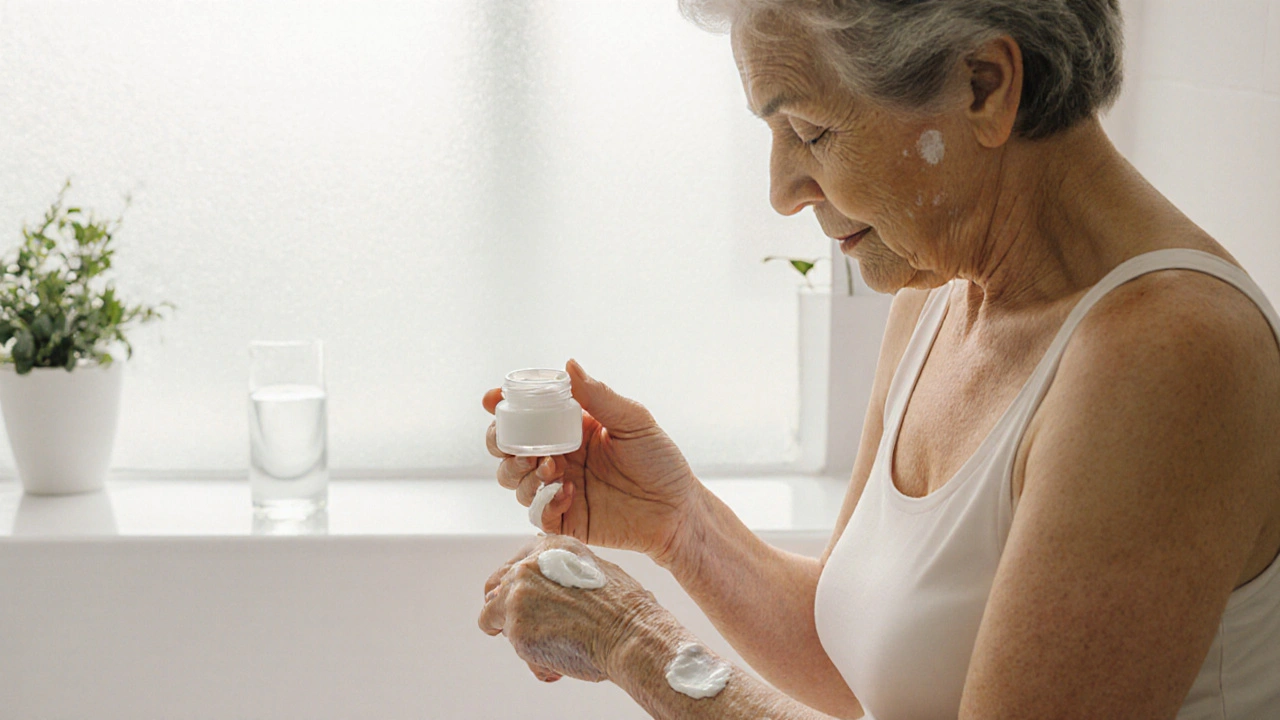Fall Risk in Older Adults: Medications That Increase Injury Potential
November 17 2025Vitiligo Treatment: Options, Tips, and What’s New
When dealing with Vitiligo treatment, a collection of medical approaches aimed at restoring pigment or managing depigmented patches. Also known as depigmentation therapy, it helps people whose skin loses color due to an underlying condition. You’ll often hear about vitiligo, an autoimmune disorder where melanocytes are attacked, leaving white spots on the skin. Common strategies include phototherapy, controlled UV light exposure that stimulates melanin production and the use of topical corticosteroids, prescription creams that reduce inflammation and can encourage repigmentation. Because vitiligo stems from an autoimmune response, autoimmune disorder, the immune system mistakenly attacks the body’s own cells influences every treatment choice. Vitiligo treatment therefore blends skin‑focused methods with the need to calm the immune system.
Choosing the Right Approach
First, you’ll want to assess how much skin is affected and where the patches are located. Small, localized areas often respond well to topical steroids or calcineurin inhibitors, while larger regions may need phototherapy like narrow‑band UVB. Phototherapy encompasses a range of protocols, but the core idea is the same: expose the skin to specific UV wavelengths to trigger melanocyte activity. Many patients combine phototherapy with topical steroids to boost results—this synergy reflects the semantic triple "Vitiligo treatment encompasses phototherapy" and "Effective vitiligo treatment requires topical corticosteroids." If you have a history of skin cancer or are very fair‑skinned, your doctor might steer you toward alternative options such as excimer laser treatment or surgical grafting. Surgical methods, like split‑thickness skin grafts, expand the toolbox, creating another triple: "Skin grafting expands the options for vitiligo treatment."
Beyond the medical side, lifestyle tweaks matter. Protecting exposed skin with sunscreen prevents new patches from forming and helps existing treatments work better. Some people find that stress management, a balanced diet, and vitamin D supplementation make a noticeable difference—again, because the autoimmune component can flare up under stress. When you talk to your dermatologist, ask about newer agents like JAK inhibitors; early studies suggest they can halt the immune attack and promote repigmentation, adding a fresh layer to the treatment landscape.
Ultimately, the best plan is personal. You may start with over‑the‑counter moisturizers while awaiting a prescription, trial a low‑strength steroid cream, then move to phototherapy if progress stalls. Monitoring progress with photos and regular skin checks helps you and your doctor tweak the regimen. Remember, vitiligo treatment is a journey, not a quick fix. The articles below dive deeper into each method, compare costs, list side‑effects, and give step‑by‑step guides so you can make informed choices and stay in control of your skin health.
 27 Sep
27 Sep
Benoquin Cream (Monobenzone) vs. Alternative Depigmentation Treatments - Full Comparison
Compare Benoquin cream (Monobenzone) with other depigmenting options, covering effectiveness, safety, usage and practical tips for vitiligo patients.
Read More...




